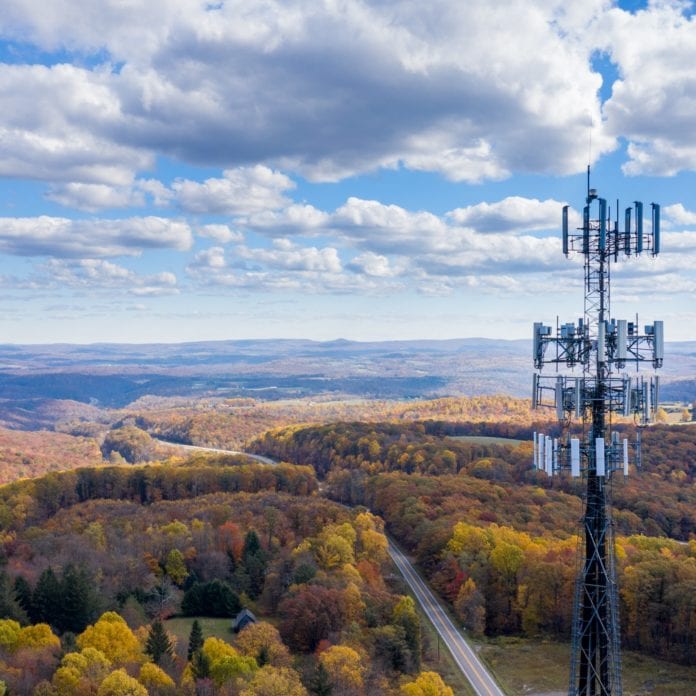The COVID-19 pandemic has exposed inequality in our society — and how lack of Internet connectivity can exacerbate that divide. Across the country, as students were sent home to learn remotely and workers were asked to work from home, those without reliable access to the Internet suffered disproportionally.
According to the latest statistics from Pew Research, one in five parents with homebound school-aged children say it is very likely or somewhat likely their children will not be able to complete their schoolwork because they do not have access to a computer at home. Lower income and rural parents especially are seeing disruptions in education.
But it’s not just students — people who can’t obtain reliable and fast Internet are blocked from professional and educational opportunities. Globally, 50% of the world’s population is still waiting for reliable broadband access. And in the U.S., the Biden Administration has pledged to devote $100 billion as part of the president’s $2.3 trillion infrastructure plan, to connect all Americans. One tool we can use to close this digital divide, especially in rural areas, is fixed wireless access (FWA.)
Fixed wireless access can connect communities
What is FWA? It’s a way of providing Internet access through wireless networks, hence no need for cables to the home. It’s an alternative to other forms of broadband Internet like DSL, fiber or cable, and can be especially helpful in areas of the country that are too difficult or expensive to access with cable or fiber.
As an example, at the beginning of the pandemic, Ericsson and the Vermont Telephone Company (VTel) worked to help students in Rutland, Vermont affected by school closures with access to free high-speed wireless Internet. In an astonishingly short 10 days, next-generation wireless radios were installed in downtown, and modems and laptops were delivered to homes. In a community with a high poverty rate — 70% of the city’s public school students receive free or reduced lunch — connectivity is critical for education.
In addition to education, fixed wireless access can bring connectivity to rural and underserved communities for things like working from home and telehealth in the short term. In the longer term, it could be a way for small-to-medium businesses to quickly digitize their operations, and could be deployed in IoT-centric situations like monitoring conditions for agriculture.
Faster deployment to close the digital divide
Fixed wireless access momentum has grown with every generation in mobile wireless, and the power of 5G in particular makes it more feasible because the speed and reliability are on par with other Internet delivery methods. FWA connections are forecast to reach 180 million by the end of 2026 and will account for 25% of total mobile network data traffic.
In addition, this is an opportune moment to lean on this technology, as new spectrum is being released by the government, particularly in the mid-band, that will be needed for FWA.
Because there are no cables or wires to be installed, no trenches to be dug, bringing fixed wireless access to a community, residences and businesses has a much faster deployment time than cable or fiber optic Internet. There are factors to consider including household density, service demand and timing of local 5G rollout; but overall, it’s much less disruptive than the alternatives.
Additionally, installing FWA at a home or small business isn’t a massively complicated operation — it can be done in a two-hour visit, and it doesn’t require deep expertise with radio antenna equipment. So many of the small regional operators across the country could use FWA to bring Internet to their rural customers.
FWA’s time is now
A confluence of events, including the arrival of 5G, demands for better home internet due to work from home momentum, and the national political focus on closing the digital divide, make it imperative to focus on FWA now as a solution to bringing connectivity to rural and underserved areas. As FWA speeds and reliability become competitive with other methods of transmission, it means that people in these areas won’t get left out of educational and economic opportunities. The past year has showed us in stark terms how many Americans still lack reliable access to the Internet. Fixed wireless access can help us get to a point where no one is left behind

